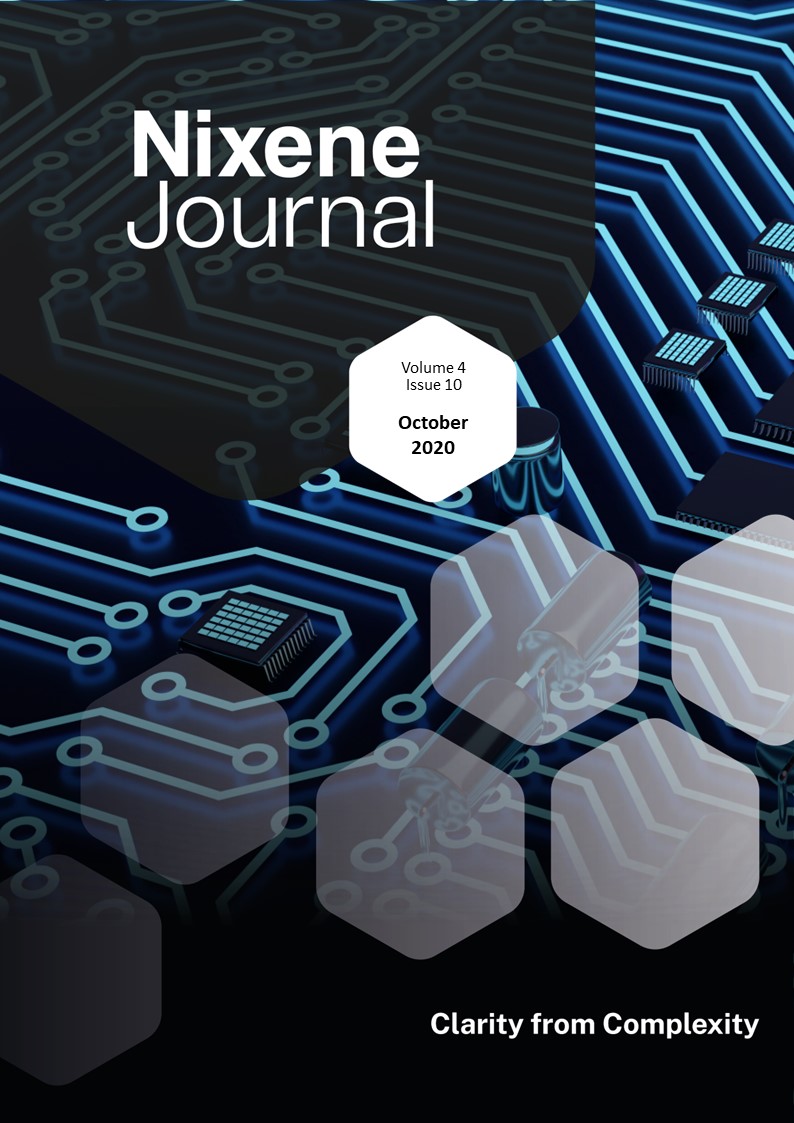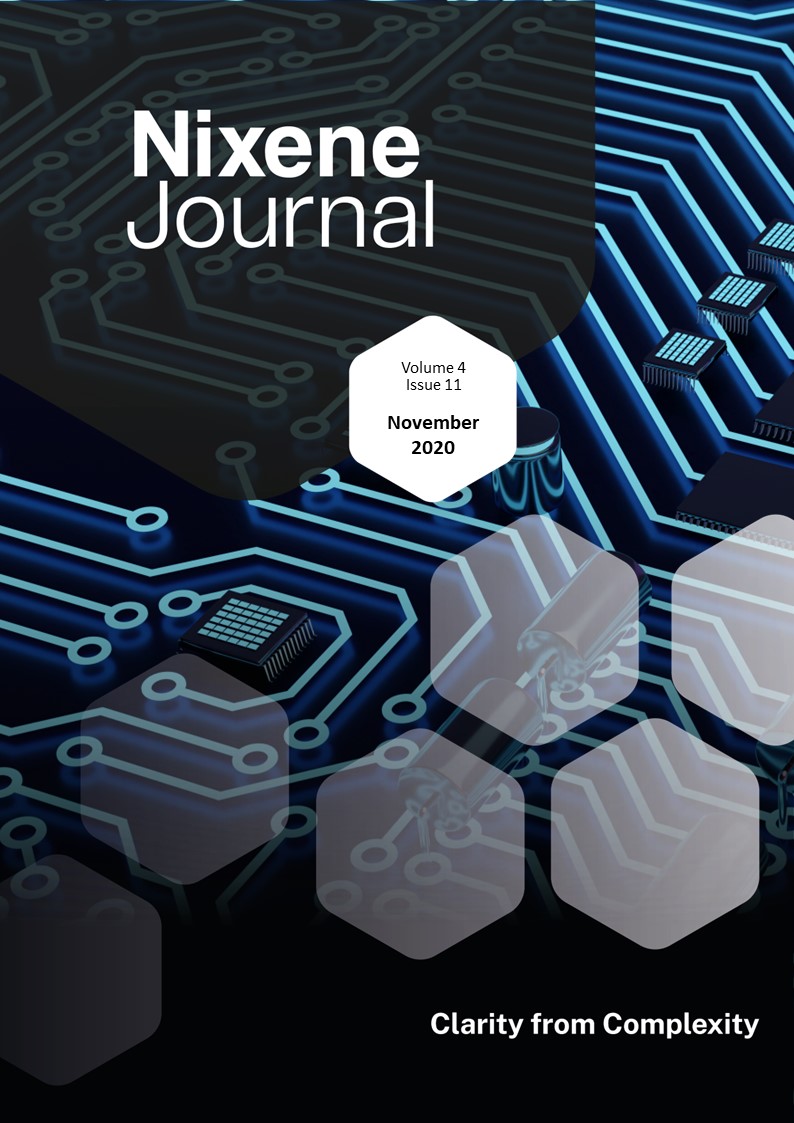Description
Each month working on this journal I see something that makes me say ‘wow’ This month the work of one of the PhDs at the University of Manchester caught my eye (Page 9 of this issue). Dr. Aranza Carmona Orbezo has been using graphene supercapacitors to deionise sea water. The concept has been around since the 1960s. The high surface area, electrical conductivity and low chemical reactivity of graphene mean it is an ideal material for supercapacitor electrodes and it looks like this technology is starting to be explored systematically. One to watch for the future.
Supercapacitors are being developed for more traditional energy storage applications. This month a team in Korea has made one from laser induced graphene and embedded it in a textile to create a power source for wearable electronics.
Graphene inks are starting to appear in the research output. NASA has funded a project that made a working phased array antenna with all the components made by ink jet printing. A working thermal sensor has been made with graphene ink too. This one can recognise the thermal signature and location of human touch. It can be made thin enough to be transparent as well. We will probably be reporting on applications of this development in future issues.
Thin coatings of reduced graphene oxide have also been found to absorb 96% of incoming radiation in the GHz region and may find uses in EMI shielding and stealth coatings.
Staying with space technology, on the commercial side British company Paragraf has developed a graphene hall effect sensor that is resistant to high levels of neutron radiation and will do the job that current space sensors will do but with no need for heavy radiation casing.
Graphene CR features prominently this month. They have linked up with two companies; IA coatings and Armor Upfitters. These collaborations have produced a range of products from enhanced lubricants to robust coatings and enhanced lightweight composite armour.
And last but not least, Dr. Vivek Koncherry has just launched his SpaceMat product. This uses rubber crumb from waste tyres with a graphene enhanced polymer to make a new useable product, the rubber SpaceMat. This may seem humble but consider two important things. i. Rubber tyres are a real problem to recycle in to useful products. ii. Vivek has gone from R&D, through to commercial start-up in less than 12 months. Quite an achievement for an academic spin out.
I have a feeling we will be hearing much more about all this activity well into the future. As usual lots more in this packed issue, so please do read on.
Adrian Nixon,
1st October 2020







